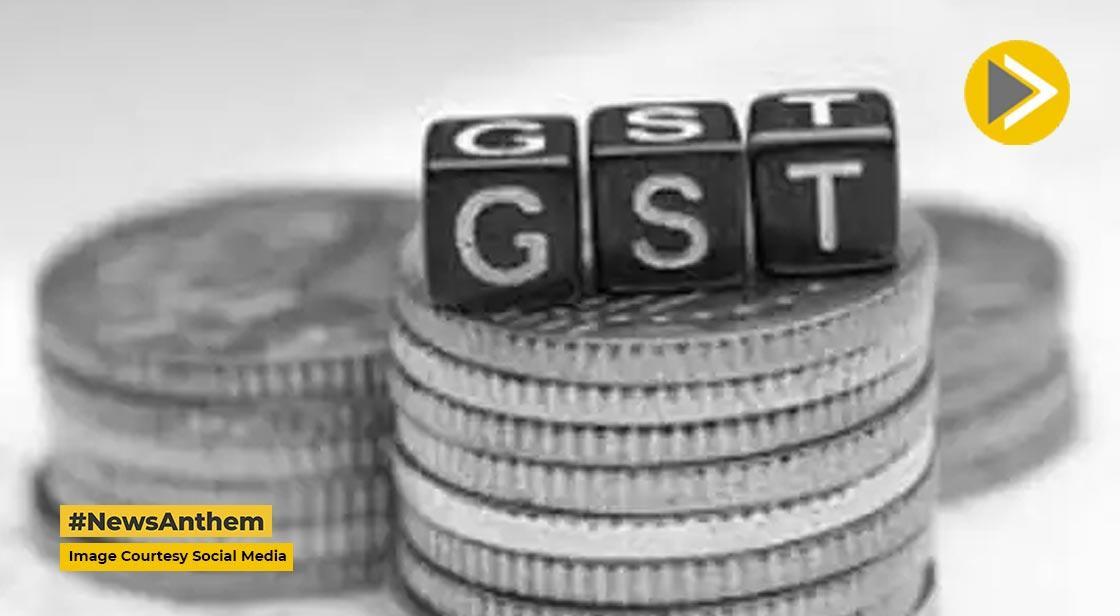Centre Considers GST Cut on Aerated Drinks Amid Industry Demand

News Synopsis
The Central Government has received formal recommendations to review and potentially reduce the Goods and Services Tax (GST) applied to aerated drinks. These beverages are currently taxed at a hefty 28% GST rate, along with an additional 12% compensation cess, effectively pushing the overall tax burden to a steep 40%.
Who Is Behind the Request?
State Government Push
According to official sources, Maharashtra Deputy Chief Minister Ajit Pawar has written to the Union Finance Ministry, requesting a reassessment of this taxation structure.
Industry Appeals
In addition to Pawar’s plea, industry stakeholders such as the Indian Beverage Association (IBA) have also submitted formal representations. These groups argue that the existing tax framework is “unfair” and restricts innovation, affordability, and growth in the non-alcoholic beverage sector.
What’s Next? GST Council Meeting in August
The issue is expected to be addressed at the 56th GST Council Meeting, tentatively scheduled for mid-August 2025.
Part of a Larger Rate Rationalisation
This meeting is already expected to review wider GST slab rationalisation, where simplification or merging of certain tax slabs and cess structures may be proposed.
Classification Challenge: Are Carbonated Drinks ‘Sin Goods’?
Currently, carbonated drinks are categorised under the “sin goods” umbrella, a bracket shared with tobacco and pan masala. This classification is what triggers the highest GST rate and cess.
Industry Objections
However, beverage makers argue that this classification is outdated, especially as the market sees a rise in low-sugar, low-calorie, and fruit-based carbonated options. They demand a more nuanced tax treatment based on nutritional value and sugar content.
Judicial Interventions: A Ray of Hope?
Recent court rulings have intensified the pressure to reform the current tax logic. Notably:
Gauhati High Court Verdict
The Gauhati High Court ruled that certain fizzy fruit drinks — if primarily juice-based — should fall under the 12% GST category, not 28%. Despite this verdict, there has been no nationwide reclassification or policy change by the GST Council.
Revenue Concerns and Reform Outlook
While some states might oppose the cess reduction due to potential loss in revenue, the Union Government is reportedly open to exploring options to make the GST structure more investment-friendly and predictable.
What This Could Mean for You
If the tax rate is revised downward, it could lead to:
Lower retail prices for carbonated drinks
Higher profit margins for beverage manufacturers
Increased accessibility to premium or fruit-based drinks
A shift in how beverages are taxed based on sugar or fruit content
Conclusion
The proposal to lower the GST on aerated beverages from 28% plus 12% cess to a more rationalised rate reflects a broader conversation about fairness, consumer pricing, and economic growth. As health-conscious variants of carbonated drinks gain traction, treating all such products under a single “sin goods” bracket seems outdated to many in the industry.
Maharashtra’s Deputy CM Ajit Pawar’s formal appeal, backed by the Indian Beverage Association, underscores this shift in thinking. With the GST Council’s 56th meeting around the corner, a broader review of slab structures may offer the perfect opportunity to revisit this classification. A possible reduction could benefit both consumers and manufacturers, encouraging innovation in the non-alcoholic beverage segment.
However, opposition from revenue-dependent states and the implications of reduced cess collections could complicate reform. All eyes are now on the upcoming Council discussions, which may pave the way for a more balanced and progressive GST regime.
You May Like









